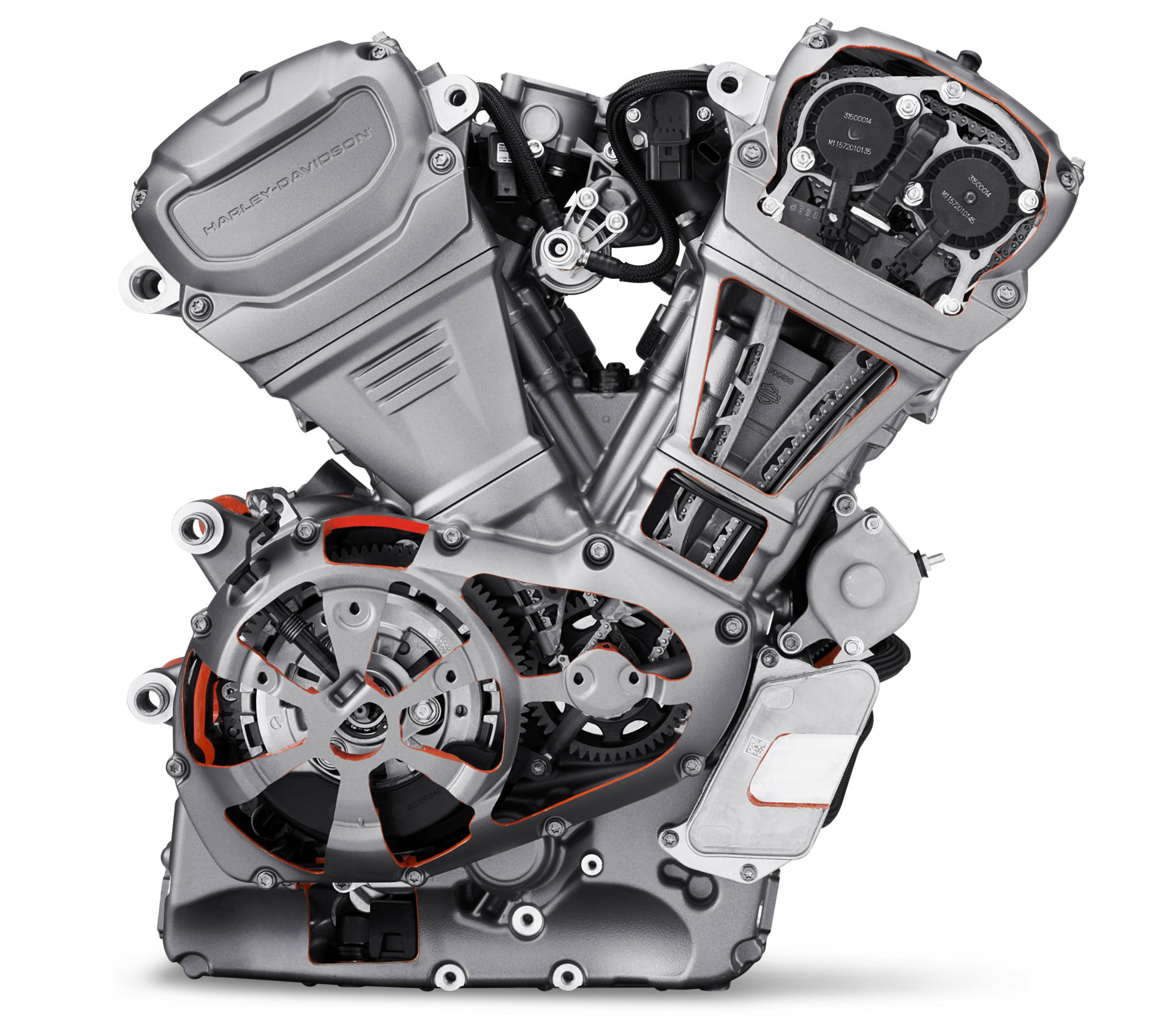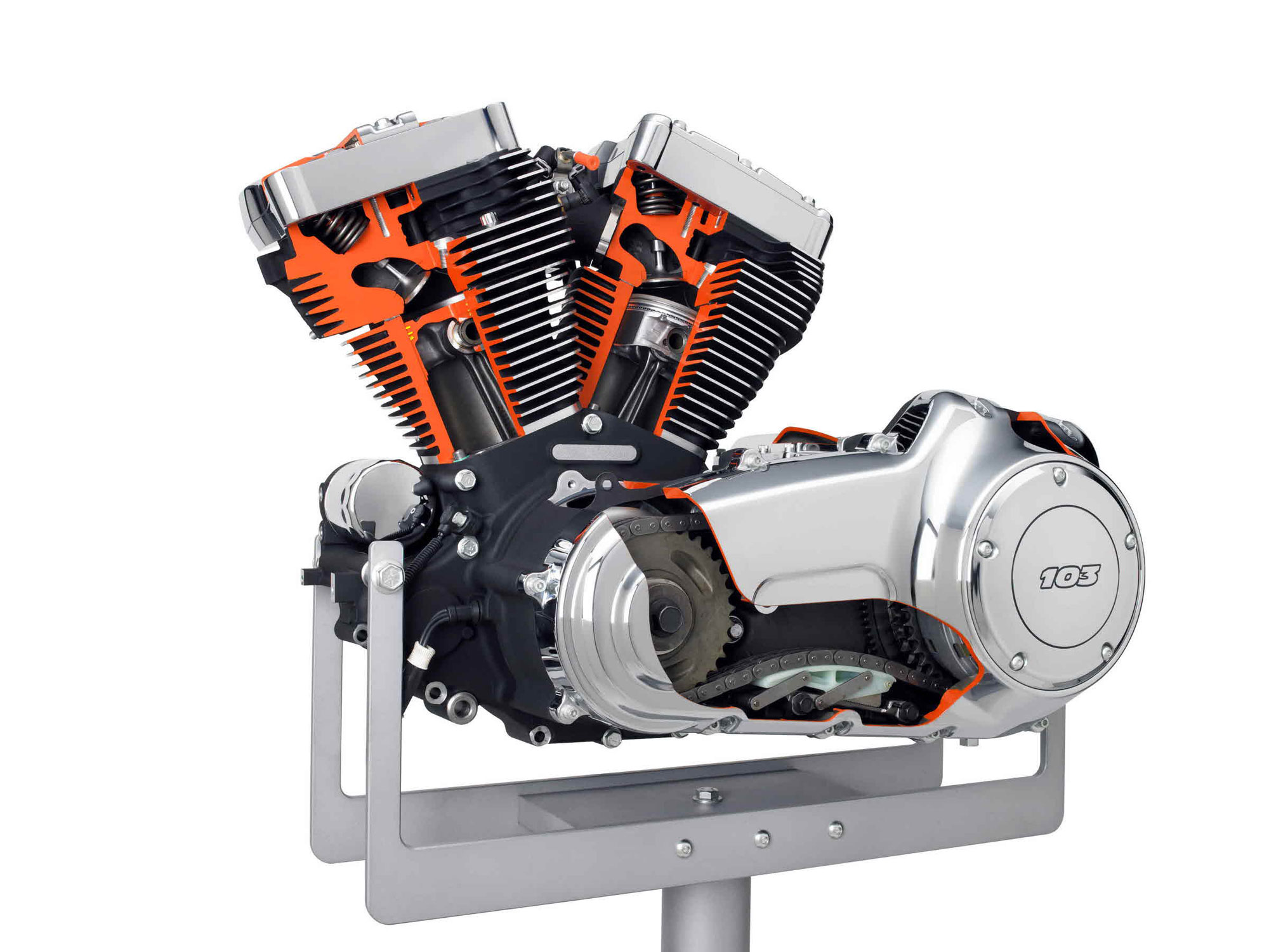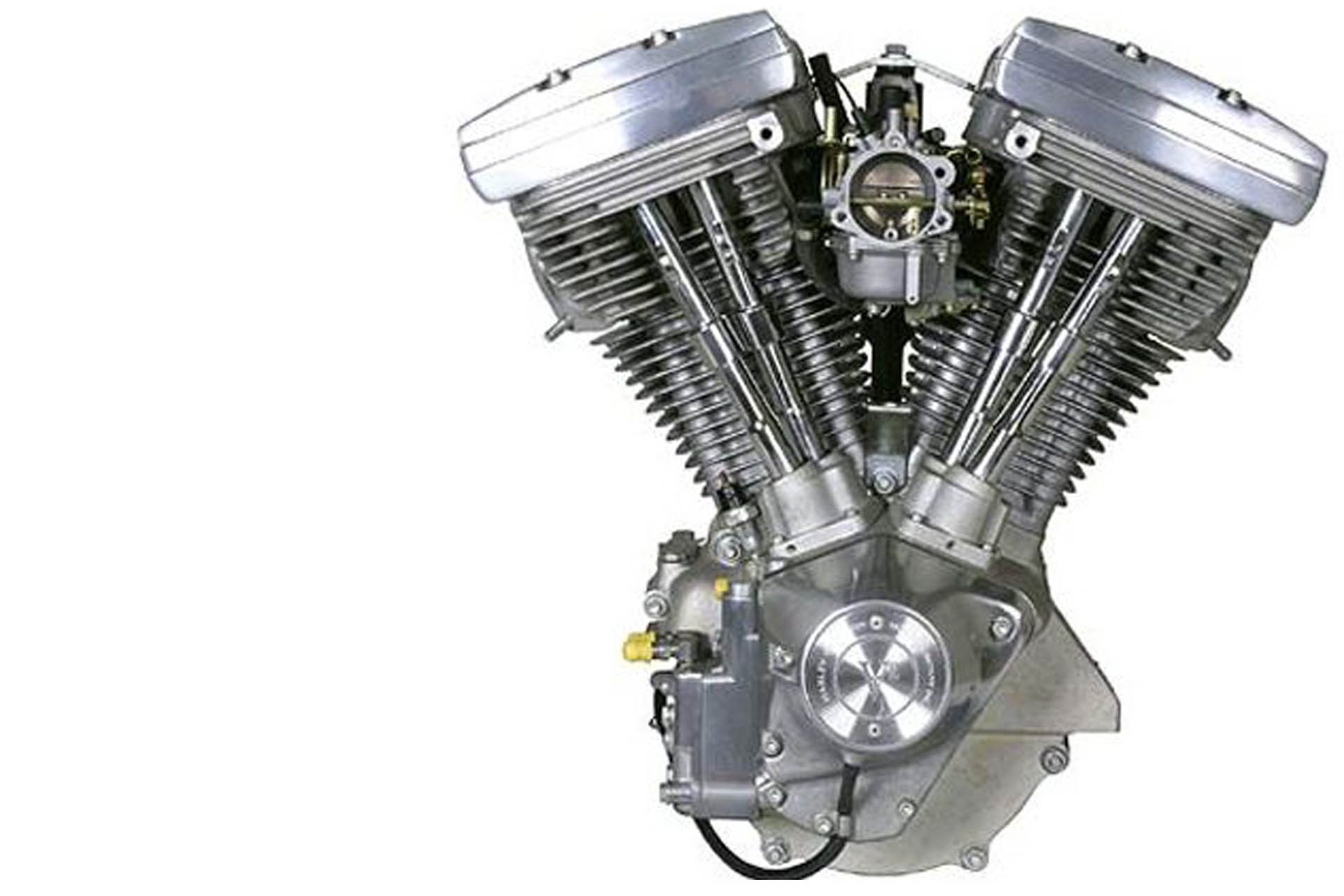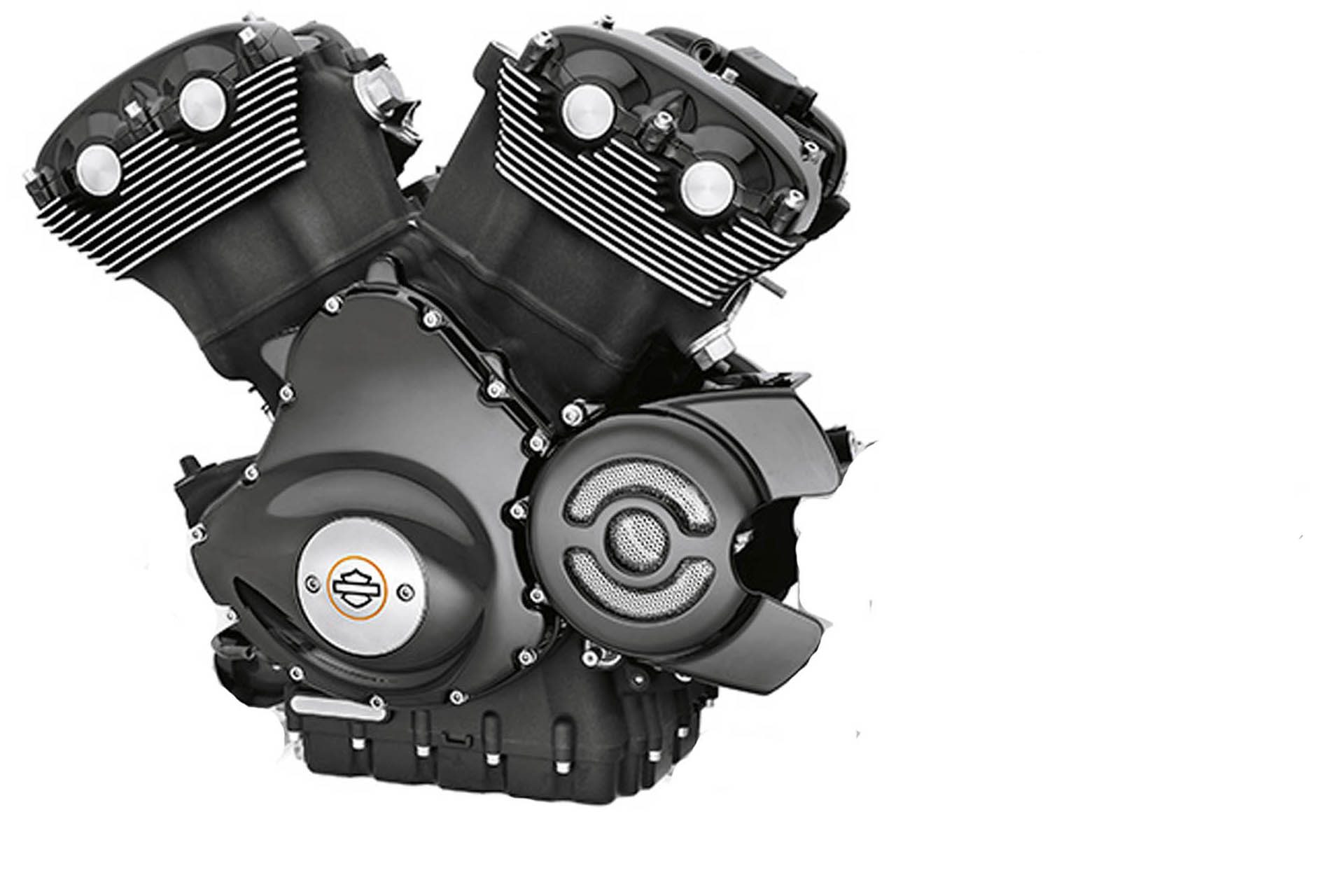Harley Davidson Engine V Angle

A 60-degree V angle of the cylinders keeps the engine compact while providing space between the cylinders for dual down-draft throttle bodies that maximize air flow and increase performance.
Harley davidson engine v angle. Harley Davidson Nitrous Oxide System Motorcycle Nos inside Harley Davidson V Twin Engine Diagram image size 437 X 843 px and to view image details please click the image. Those were some lean years at the Motor Company with the economy crashing around it and the V4 seemed to disappear as did talk of the project. With 131 cubic-inch 2147cc its a combination that produces 131 ft-lb of torque and 121 horsepower.
A 90 degree engine is the perfect angle for balance. Of torque with a peak rpm of 9500 and a 131 compression ratio. Using a 60-degree V-angle thats smack between the traditional 45-degree Harley layout and the 90-degree design from the likes of Ducati the Revolution Max strikes a balance.
The cylinders were placed at a 60-degree angle rather than the 45 degrees that. Harley-Davidson has been giving. However the classic Harley-Davidson engines are V-twin engines with a 45 angle between the cylinders.
The engines are air-cooled. A new engine was developed in which the camber angle of the cylinders began to be 60 degrees and in classic Harley Davidson engines the camber angle is always 45 degrees. Cycle World in May of 2009 wrote a short piece referring to the rumors but had few details to add.
This design combined with the V arrangement of the cylinders means that the. Because of the V shape of the engine one piston will run ahead of the other by the angle of the V 45 or 60 degrees. The engine was moderately successful but the use of the vacuum actuated atmospheric inlet valves limited the engines ability to rev at higher speeds.
A 90 degree will fire every 270450 degrees. The Night Rod is a classic V-Rod designed to maximize speed. The engines have overhead valves that are activated by camshafts in the crankcase.



















